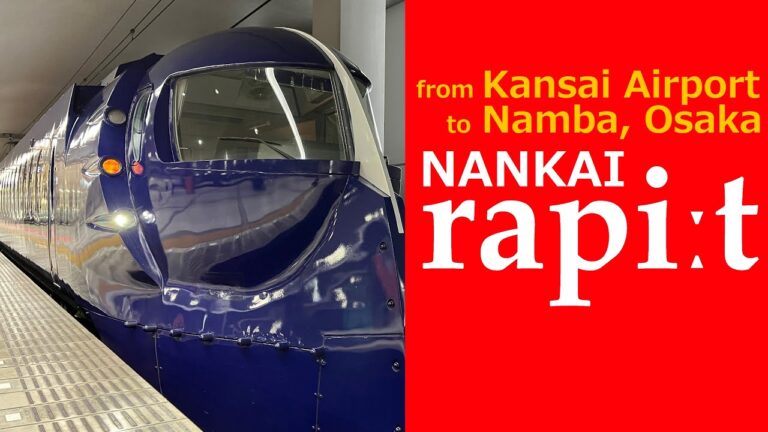
Traveling in Japan can be an exhilarating experience, particularly when you hop on the Shinkansen, the iconic high-speed train service that connects all major cities across the archipelago. Particularly popular among tourists and locals alike is the Tokaido Shinkansen, which serves as the primary route linking Tokyo to both Kyoto and Osaka.
The Shinkansen operates on dedicated tracks, reaching speeds of up to 320 kilometers per hour, making it the fastest way to traverse the country. Booking a trip on Tokaido Shinkansen is straightforward; tickets can be conveniently purchased from machines or at counters around Tokyo Station or Shinagawa Station.
Three different types of train services are available within Tokaido Shinkansen: Nozomi, Hikari, and Kodama. The Nozomi takes you directly to Kyoto in just over two hours, stopping at only major cities along the way, while the Hikari makes a few more stops and is a favorite among international travelers holding a JR Pass. For those looking for a more economical option and not in a hurry, the Kodama, which stops at every station, offers a scenic three-hour and forty-minute ride.
Seating options vary, including Green Cars for first-class experience and both reserved and non-reserved regular seating. Recent baggage size limits necessitate careful planning; oversized luggage must be booked in advance or risk being stored at an additional cost. Each car ensures you’ll have a comfortable journey with all the necessities.
Dining on the Shinkansen can be an adventure in itself, often characterized by the unique ekiben, a combination of bento meals available for purchase at the station. The experience of indulging in these culinary delights while viewing the countryside makes the ride all the more memorable.
Whether you choose the speed of Nozomi or the comfortable ride of the Green Car, taking the Shinkansen is a quintessential aspect of traveling in Japan, ensuring that your journey is as enjoyable as the destination.











